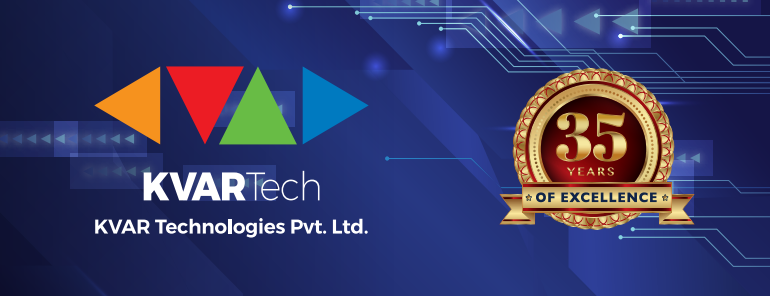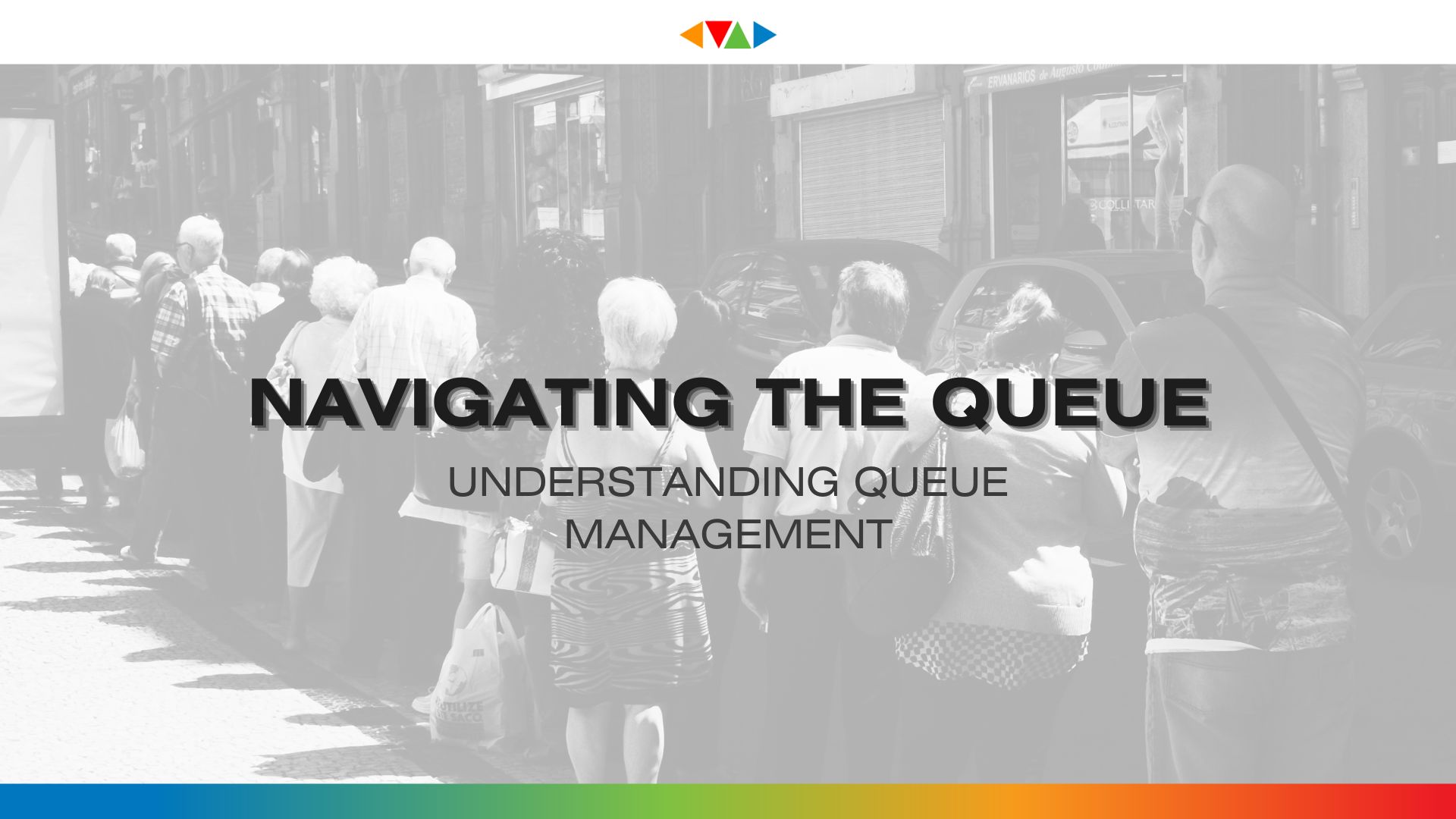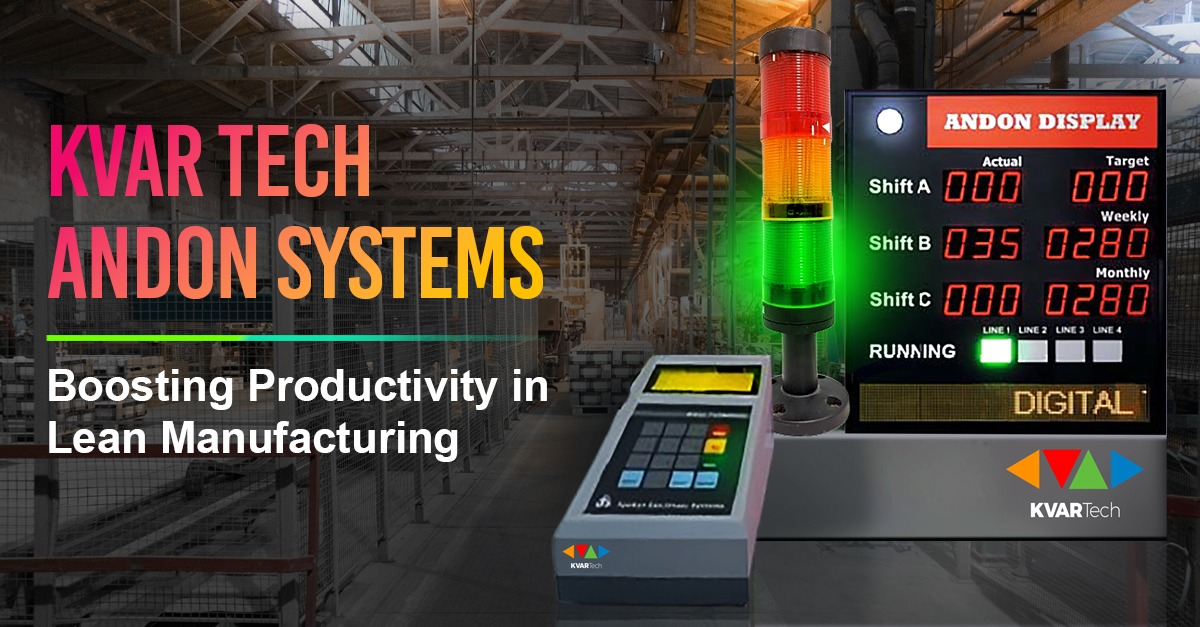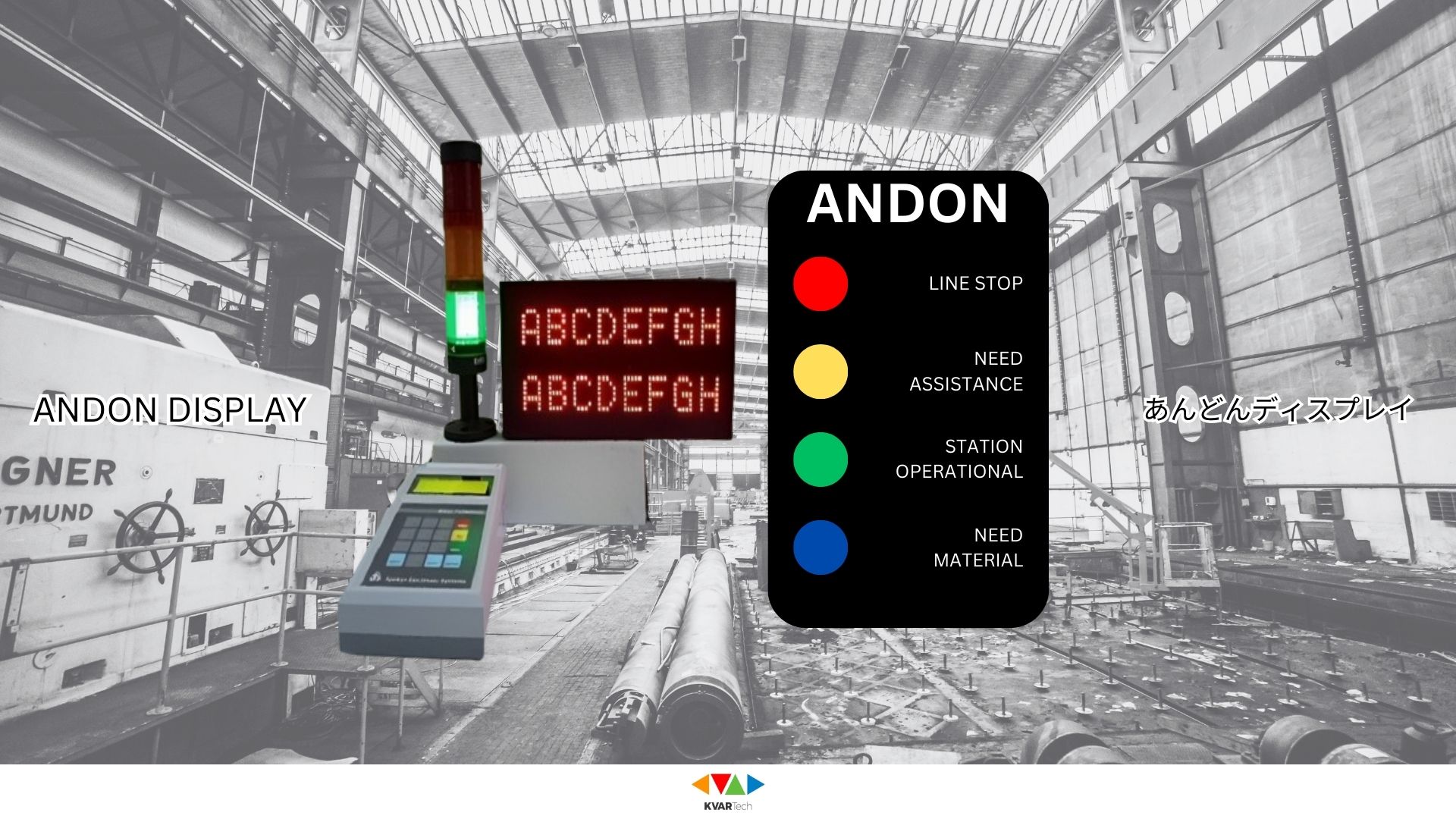In a groundbreaking move at the Automation Expo 2023, KVAR Technologies unveiled its latest innovation - DrishtiKone Machine Vision Systems.
This cutting-edge technology redefines the way we perceive and interact with the world around us. While this development is undoubtedly impressive, it's essential to recognize that the concept of vision systems has deep historical roots, representing centuries of human creativity and innovation.
The Ancient Beginnings of Vision Systems
Long before the advent of modern technology, early humans relied on vision as a crucial tool for hunting, navigation, and survival. The visual system is a complex system comprising the eye and the brain. Light enters the eye through the cornea. The iris controls how much light enters through the pupil. The lens behind the iris focuses the light onto the retina, where the photoreceptor cells convert light into electrical signals that travel to the brain through the optic nerve. The brain interprets these signals, creating the images we perceive - a process we call "vision."
The Multifaceted Roles of Human Vision Our remarkable eye-vision system can perform a multitude of essential tasks, including:
• Detecting, Recognizing, and Differentiating Objects
• Measuring Depths and Sizes
• Distinguishing Colors, Shapes, and Patterns
• Tracking Motion
• Coordinating Our Movements with Our Vision
The Historical Journey of Vision Systems
The evolution of vision systems can be traced back to 4,000 years ago when the art of glassmaking was discovered in Mesopotamia. Below is a brief journey of evolution from glass to modern-day cameras:
• Magnifying Glasses, Lens, and Mirrors - One of the earliest known optical devices, the burning mirror, was used to focus sunlight and start fires. The ancient Greeks used burning mirrors to magnify the sun's image to predict eclipses. The first known use of burning glass in wars dates to approx. 212 B.C.
• Eye-Glasses - 13th Century - Salvino D’Armati in Italy introduced Eye-glasses, marking a significant advancement in vision enhancement.
• Microscope - 16th Century - Zacharias Janssen was credited with making one of the earliest Microscopes.
• Telescope - 17th Century - Galileo Galilei introduced the Telescope in 1609. Sir Isaac Newton developed a new concept in telescope design in 1704, using a curved mirror to gather light and reflect it back to a point of focus.
• Binoculars & Periscopes - 19th Century - In 1825, J. P. Lemiere devised the first Binocular telescope. In 1854, Hippolyte Marié-Davy invented the first naval Periscope.
• Camera & Photography - 19th Century - Joseph Nicéphore Niépce invented the first camera. Louis Daguerre and William Henry Fox Talbot were the pioneers of Photography.
The true revolution came in the 19th century with the invention of cameras. Cameras allowed for capturing and preserving images, paving the way for information extraction and analysis. This laid the foundation for new applications like cinematography and machine vision.
The 20th century brought innovations in colour photography, enabling the capture and reproduction of vibrant images. Towards the century's end, the digital revolution took centre stage. Digital cameras emerged, integrated with computers, and marked the integration of vision systems with technology.
The Era of AI and Beyond
With the rise of Artificial Intelligence (AI), computer vision has evolved to focus on machine learning for interpreting and processing visual data. Advances in sensors, processing power, and algorithms have expanded the applications of vision systems, ranging from object detection to facial recognition to autonomous vehicles.
In the 21st century, the convergence of computer vision with augmented reality (AR) and virtual reality (VR) technologies has unlocked immersive visual experiences that were once the stuff of science fiction.
From the humble origins of our biological eyes to today's sophisticated digital cameras and AI-powered vision systems, our journey of understanding the visual world has been remarkable. Vision systems have played a fundamental role in human progress and development, and the future promises even more incredible innovations in this field.
-min.png)





